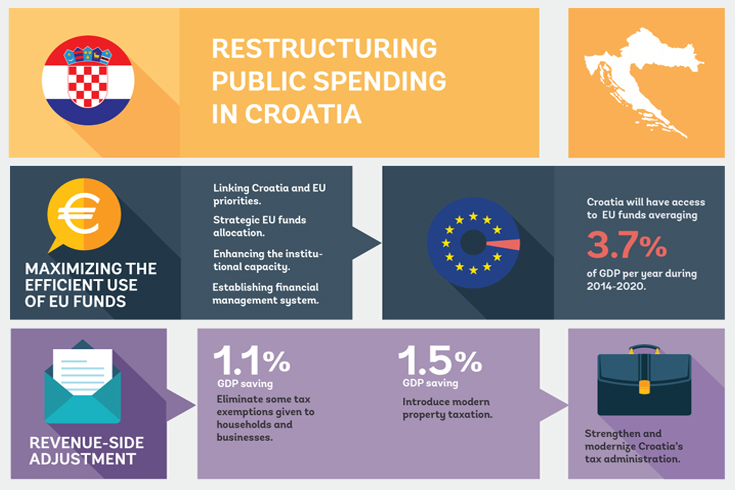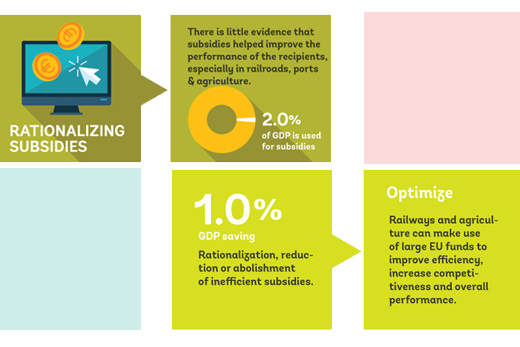Over the last two decades, Croatia has set upon a path of growth and stability through the implementation of widespread economic and social reforms. The country emerged from the previous period of instability willing to overcome many challenges preventing it from realizing its ultimate economic potential and fully participating in the global economy. These efforts culminated in the country joining the European Union (EU), in July 2013.
Despite this successful trajectory toward EU accession, however, Croatia has struggled in recent years to stabilize its macroeconomic outlook and lay the foundation for a robust recovery. The onset of the global financial crisis triggered a continuing cycle of recession that has yet to be broken. Public debt has doubled since 2008 and unemployment, at 17% in 2013, now hovers well above the EU average of 12%.
As policy makers in the country look to regain some of the momentum that defined Croatia at the outset of the 21st century, they continue to investigate the underpinnings of the country’s fiscal weaknesses - exploring policy options for reversing these negative trends. As part of this effort, the World Bank Group has worked with the government of Croatia and has launched the “Public Finance Review: Restructuring Spending for Stability and Growth Report.” The report analyses three interrelated issues that need to be addressed in the short-to-medium terms in order to put Croatia back on the road toward recovery.
By analyzing the country’s major fiscal and institutional weaknesses and the structure of the country’s public finances, this report offers a number of policy options that can promote growth and boost competitiveness around Croatia.


